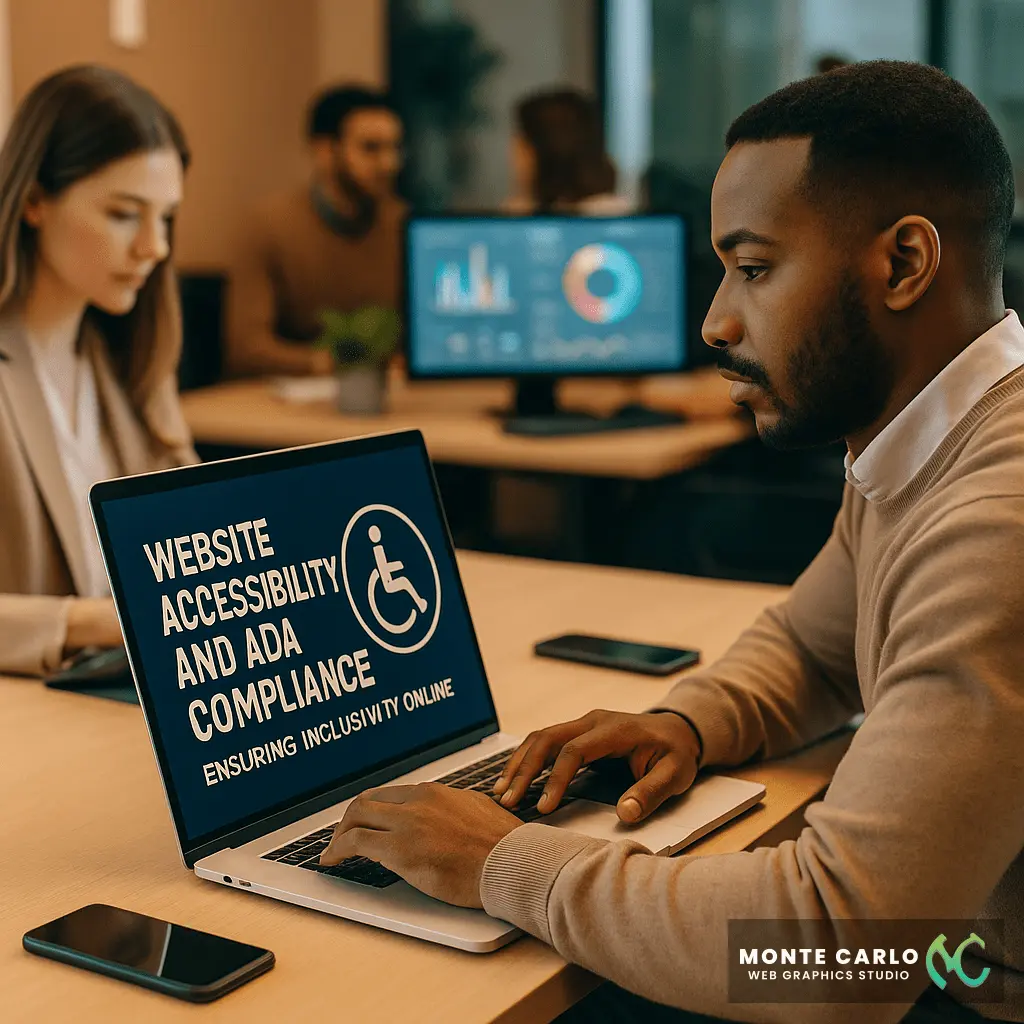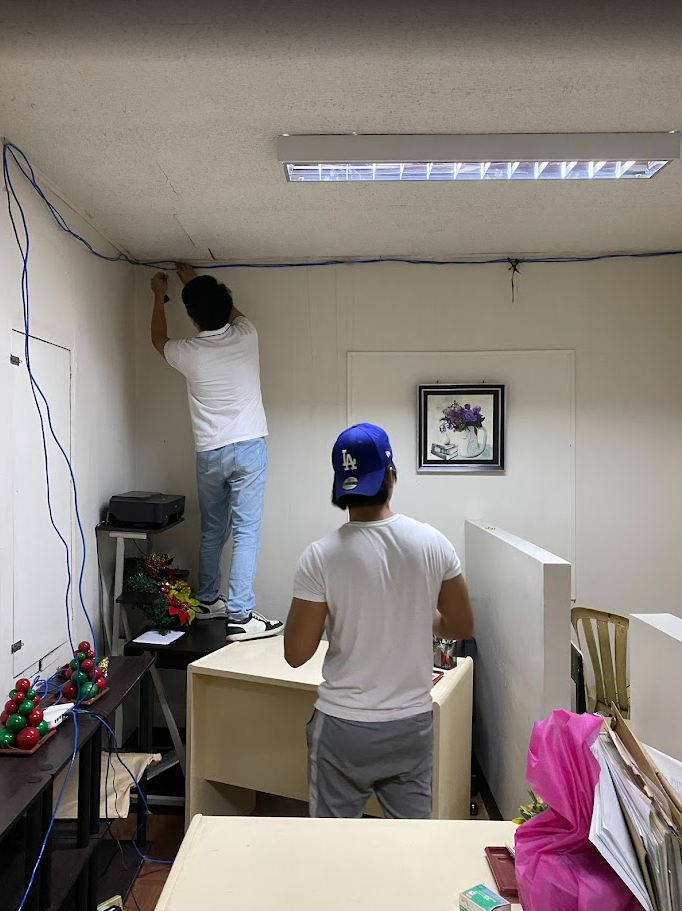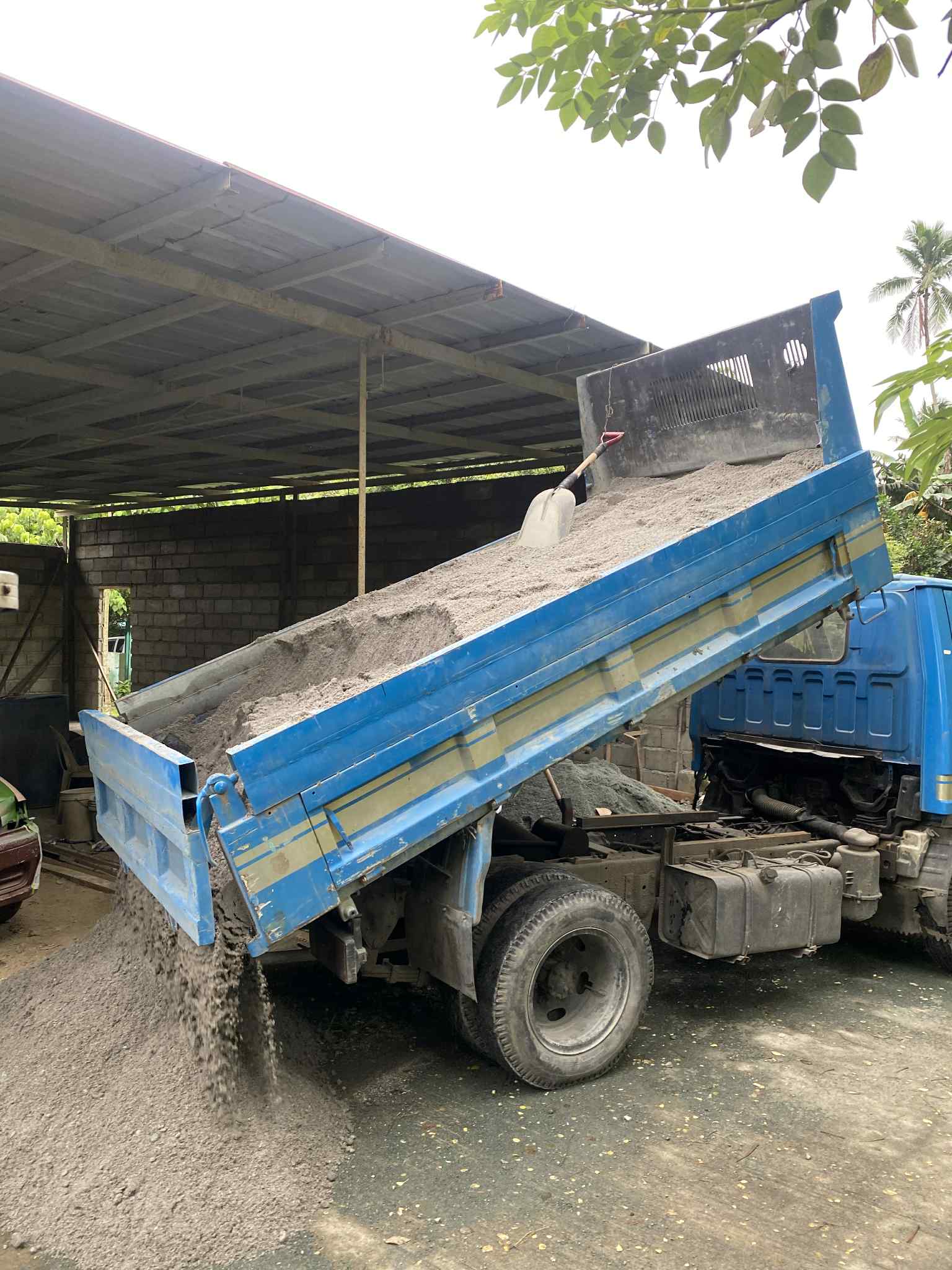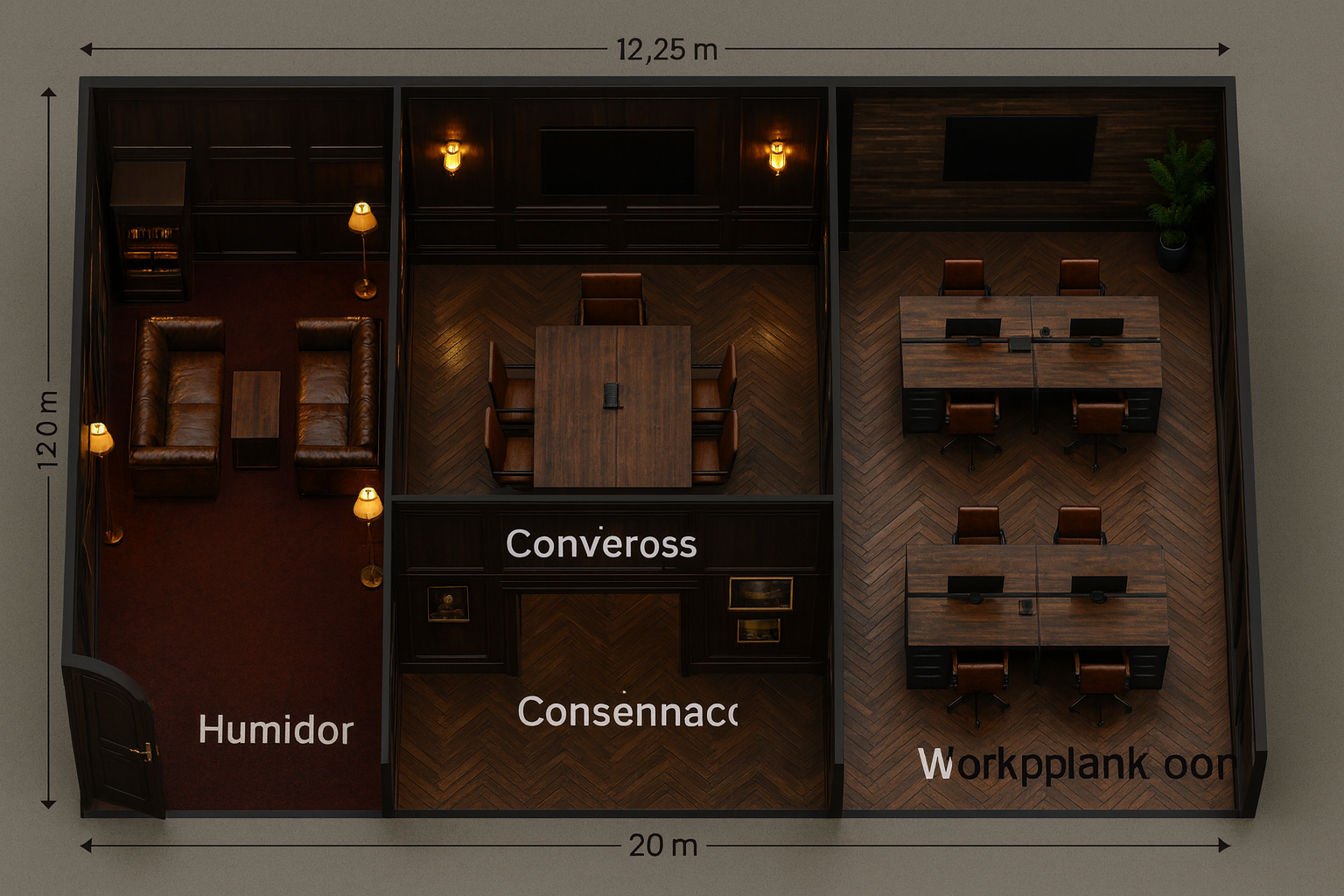Website Accessibility and ADA Compliance: Ensuring Inclusivity Online
In an increasingly digital world, providing inclusive online experiences is not just a legal requirement but also a fundamental aspect of good business practice. As the internet becomes an integral part of everyday life, ensuring websites are accessible to everyone, including individuals with disabilities, is paramount. Monte Carlo Web Graphics is dedicated to helping businesses achieve full website accessibility compliance, ensuring their digital spaces are welcoming to all.
Understanding Website Accessibility and ADA Compliance
Website accessibility refers to designing digital content to be usable by everyone, regardless of their abilities or disabilities. The Americans with Disabilities Act (ADA) requires businesses to make their websites accessible to people with disabilities. Failure to comply not only risks legal action but also alienates a significant portion of potential users.
Current Trends and Industry Best Practices
Today, embracing digital accessibility is more than a compliance issue—it's about enhancing user experience and reaching broader audiences. The Web Content Accessibility Guidelines (WCAG) provide a comprehensive framework to ensure content is perceivable, operable, understandable, and robust. Implementing these guidelines helps businesses stay ahead in accessibility compliance.
Practical Implementation Strategies
- Conduct Regular Audits: Regular accessibility audits identify potential barriers on your website, allowing for timely improvements.
- Use Semantic HTML: Proper use of headings, lists, and tables ensures that assistive technologies can accurately interpret content.
- Alt Text for Images: Descriptive text for images ensures visually impaired users understand the graphics on your site.
- Keyboard Navigation: Ensure all functionalities are accessible using a keyboard, crucial for users who cannot use a mouse.
Technology Solutions and Tools
Modern technology offers a myriad of tools to enhance accessibility:
- Accessibility Plugins: Tools like accessiBe or UserWay can help make websites ADA compliant with easier integration techniques.
- Screen Readers: These tools convert digital text into synthesized speech, aiding visually impaired users to understand the content.
- Color Contrast Analyzers: These ensure your website has sufficient contrast to meet WCAG guidelines, aiding those with color blindness.
Overcoming Common Challenges
One of the major challenges is maintaining accessibility as websites grow. Regular updates can introduce new elements that may not automatically comply with accessibility standards. Training your development team on accessibility practices is essential for ongoing compliance.
ROI and Business Impact Considerations
Accessible websites can reach a wider audience, including those with disabilities. This not only expands your customer base but also enhances your brand image as a socially responsible company. Furthermore, ADA compliance reduces the risk of legal penalties and ensures you are inclusive in all business practices.
Future Outlook and Emerging Trends
As technology evolves, so will accessibility standards. Future trends may include more personalized accessibility features made possible by artificial intelligence (AI) and machine learning. Staying informed and proactive will ensure your business remains ahead in providing accessible experiences.
FAQs About Website Accessibility and ADA Compliance
- What is ADA compliance for websites?
It ensures websites are accessible to people with disabilities, following legal standards like WCAG.
- How can I test my website for accessibility?
Use tools like WAVE, Lighthouse, or accessibility plugins for thorough testing of your site.
- What is the significance of alt text?
Alt text provides descriptions for images, allowing screen readers to convey this information to visually impaired users.
- Can accessibility improve SEO?
Yes, many accessibility practices, like semantic HTML and alt text, align with SEO best practices to enhance search engine visibility.
Conclusion
Website accessibility and ADA compliance are critical facets of modern web design, ensuring that your digital presence is inclusive and legally compliant. Monte Carlo Web Graphics is committed to helping businesses transform their websites into inclusive platforms that reach wider audiences and foster positive brand reputations. Embrace accessibility today with our expert guidance and services.
Start your digital transformation today with Monte Carlo Web Graphics

















